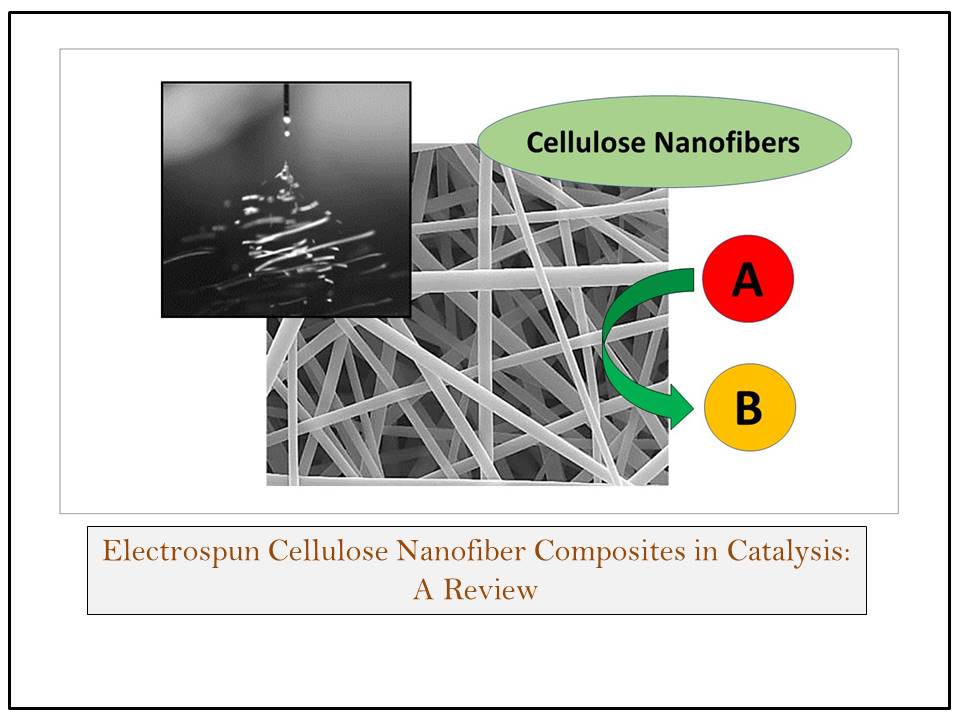Applied Research Frontiers
Title
Electrospun Cellulose Nanofiber Composites in Catalysis: A Review
Authors
Gopiraman Mayakrishnan and Ick Soo Kim*
Nano Fusion Technology Research Group, Institute for Fiber Engineering (IFES), Interdisciplinary Cluster for Cutting Edge Research (ICCER), Shinshu University, Tokida 3-15-1, Ueda, Nagano 386-8567, Japan.
*Corresponding author E-mail address: kim@shinshu-u.ac.jp (I.S. Kim)
Article History
Publication details: Received: 14th June 2022; Revised: 30th June 2022; Accepted: 30th June 2022; Published: 05th July 2022
Cite this article
Gopiraman M.; Kim I.S. Electrospun Cellulose Nanofiber Composites in Catalysis: A Review. Appl. Res. Front., 2022, 1(2), 15-19.

Abstract
Although there are many methods of fabricating nanofibers, electrospinning has become a very widespread method for the achieving nanofibers in low cost and simple manner. Nanofiber and its composites are found to be the efficient in many research fields such as filters, medicine, sensors, energy and so on. Due to high specific surface area to volume ratio, nanofibers show high activity in catalysis. The advantages are mainly due to the diameter–length proportion. So far, there are various electrospun nanofibers and composites are utilized. Carbon fiber, cellulose nanofiber, polyurethane based nanofibers are used either as spun or in the form of composites. Among them, cellulose and carbon nanofibers are investigated widely due to its chemical stability in organic solvents. In this review article, we mainly focus on the preparation, characterization and catalytic organic reactions of electrospun nanofiber (composites) derived from regenerated cellulose nanofiber.
Keywords
nanofibers; electrospinning; catalysis; organic reactions; cellulose; composite